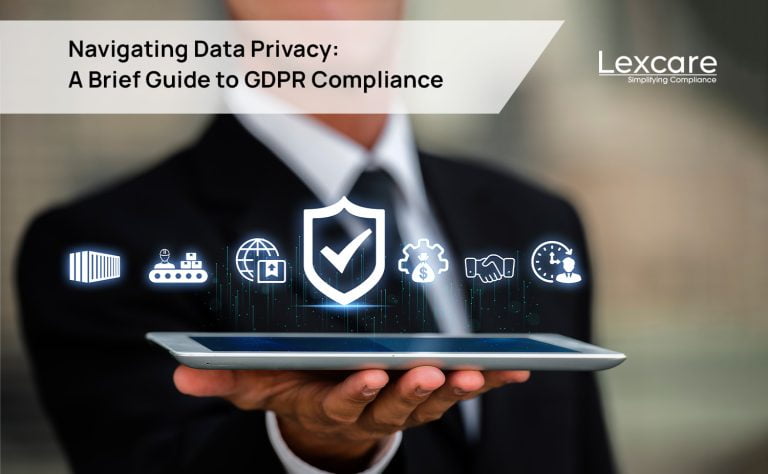- Services
Bridging Compliance & Implementation through Physical Audits.
Empowering Systems through Physical Audits & Implementation
Incorporating physical audits into the Lexcare Compliance Management System reflects a commitment to employing traditional and effective assessment methods. These on-site evaluations gauge compliance with regulations, standards, and protocols. With a tangible presence at premises, facilities, or vendor sites, this method comprehensively appraises alignment with compliance requisites.
By integrating physical audits into Lexcare, a holistic assessment approach emerges. These audits attest to the thorough compliance evaluation, offering a real-world view of regulatory adherence. This hands-on approach extends beyond the virtual, deeply understanding organisational practices and alignment with the compliance framework. As organisations seek comprehensive compliance management, Lexcare’s physical audits highlight dedication to a multi-faceted assessment strategy, ensuring unwavering pursuit of adherence and excellence.
Implementation Methodology
Audit Planning and Scope Definition
Determine the scope and objectives of the physical audit, including the specific compliance areas and processes to be assessed and prepare an audit plan, including the timeline, resources, and responsibilities of the audit team.
Compliance Checklist Creation
Create a checklist or a set of criteria that the auditors will use during the physical audit to assess compliance. Align the checklist with the applicable rules, regulations and standards.
Pre-Audit Preparation
Inform the organisation or vendor about the upcoming physical audit and its objectives, request access to relevant documents, records, and facilities required for the audit.
Conducting the Physical Audit
The audit team visits the organisation’s or vendor’s premises to observe processes, review documentation, and interview relevant personnel. The team assesses compliance with the checklist and gathers evidence to support their findings.
Documenting the Audit Findings
Record the audit findings accurately, detailing any compliance gaps or areas of non-compliance identified during the physical audit. Document any strengths or best practices observed during the assessment.
Reporting and Analysis
Prepare a comprehensive audit report that outlines the audit’s objectives, scope, methodology, and key findings, analyse the audit results and identify trends or recurring issues that need to be addressed.
Ready to get started with tech-enabled compliance management?


